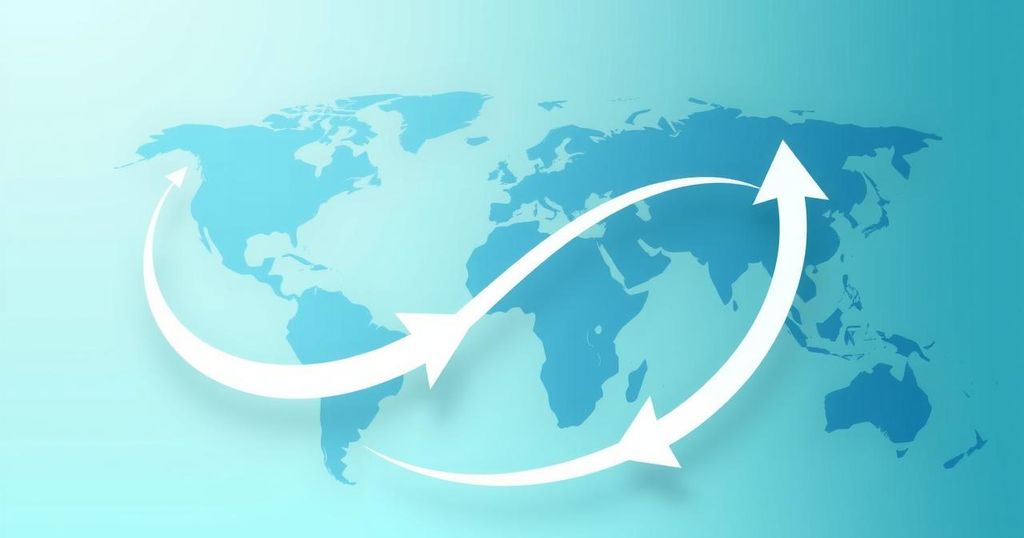The Indian government is evaluating the impact of a 26% tariff imposed by the US, which consists of a 10% initial phase and a 16% subsequent increase. Despite the tariffs, officials view the situation as a potential opportunity for negotiation. India’s ongoing bilateral trade talks with the US aim to complete an agreement by fall 2023. President Trump’s statements reflect tensions around India’s existing trade policies with the US.
The Indian government is currently assessing the economic repercussions of a 26% tariff imposed by the United States at the direction of President Donald Trump. This tariff is one component of a wider policy aimed at countries that levy higher duties on American exports. Starting April 5, a universal 10% tariff will be applied to all US imports, with an additional 16% coming into force on April 10 to reach the total of 26% for India.
An official from the commerce ministry remarked that the analysis reveals a “mixed bag” situation rather than a complete setback for India, emphasizing the potential for negotiation. The Trump administration has alluded to possible duty revisions if India addresses specific trade concerns. Additionally, India and the US are in talks to finalize a bilateral trade agreement, with both parties aiming to complete the first phase of negotiations by the fall of this year.
President Trump characterized April 2 as “Liberation Day” when announcing the tariffs, which are partly in response to India’s 52% tariff on American goods, including various trade barriers and currency factors. To offset this, the US has levied India a “discounted” reciprocal tariff of 26%. Trump expressed his optimism about these changes to restore the wealth of the American industry during his announcement, detailing it as a significant turning point for the nation’s economy.
During his address, he highlighted India’s trade practices, stating, “India, very, very tough. Very, very tough. The prime minister just left. He’s a great friend of mine, but I said, you’re a friend of mine, but you’re not treating us right. They charge us 52 per cent.” This underscores the ongoing tension regarding trade relationships between the two countries.
The analysis by the Indian government suggests that while the 26% tariff imposed by the US poses challenges, it also presents opportunities for negotiation and adjustment in trade relations. The upcoming bilateral trade agreement could further influence these dynamics and offers a potential avenue for alleviating the impact of tariffs. As both countries navigate this situation, strategic dialogues will be critical in shaping future economic interactions.
Original Source: www.business-standard.com






